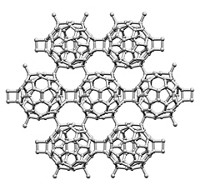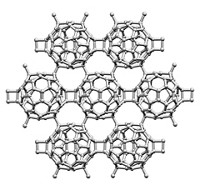Advertisement
Grab your lab coat. Let's get started
Welcome!
Welcome!
Create an account below to get 6 C&EN articles per month, receive newsletters and more - all free.
It seems this is your first time logging in online. Please enter the following information to continue.
As an ACS member you automatically get access to this site. All we need is few more details to create your reading experience.
Not you? Sign in with a different account.
Not you? Sign in with a different account.
ERROR 1
ERROR 1
ERROR 2
ERROR 2
ERROR 2
ERROR 2
ERROR 2
Password and Confirm password must match.
If you have an ACS member number, please enter it here so we can link this account to your membership. (optional)
ERROR 2
ACS values your privacy. By submitting your information, you are gaining access to C&EN and subscribing to our weekly newsletter. We use the information you provide to make your reading experience better, and we will never sell your data to third party members.
Analytical Chemistry
Star-Fruit-Shaped Gold Nanoparticles
Shape combines two useful nanoparticle structures, rods and stars, into one
by Journal News and Community
March 19, 2012
| A version of this story appeared in
Volume 90, Issue 12
Researchers continually seek to craft nanoparticles with complex, exotic structures to produce unique properties. Now a duo of chemists has made gold nanoparticles that look like star fruit (Langmuir, DOI: 10.1021/la300218z). Eugene R. Zubarev and Leonid Vigderman of Rice University thought that combining star shapes and rod shapes into one particle could lead to ideal materials for chemical detection techniques such as surface-enhanced Raman spectroscopy (SERS). In principle, electromagnetic fields should concentrate at the tips of the star fruit spikes and amplify the characteristic Raman signals of sample molecules adsorbed on the particle’s surface, Zubarev says. To make the gold star fruits, the researchers first made gold nanorods with a pentagonal cross section. Next they stirred the rods into a solution of gold chloride, silver nitrate, and cetyltrimethylammonium bromide to deposit more gold on the particles. A few hours later, they filtered the particles and observed their star fruit shape by using scanning electron microscopy. The researchers then ran SERS experiments and found Raman signals from a test molecule with star fruit particles were 25 times as much as those from molecules with flat pentagonal nanorods.





Join the conversation
Contact the reporter
Submit a Letter to the Editor for publication
Engage with us on Twitter